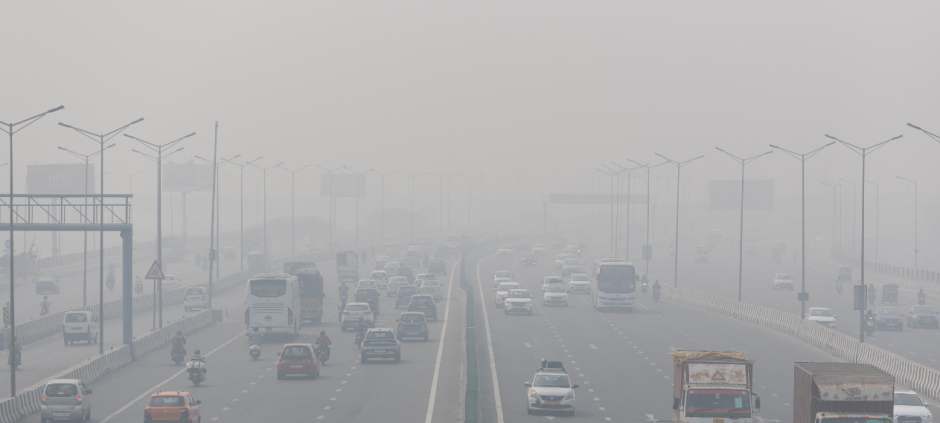The smog that has been enveloping cities in Punjab has now spread to Khyber Pakhtunkhwa, reaching Peshawar and surrounding districts. The city’s air quality has deteriorated to a hazardous level, with the air quality index (AQI) reaching 509, making it one of the most polluted cities in the world.
In response to the worsening pollution, the Parks and Horticulture Authority (PHA) in Lahore has intensified efforts to reduce smog by washing trees and plants along green belts and roadsides. These daily cleaning operations are being carried out along major roads like Mall Road, Jail Road, Ferozepur Road, as well as in areas such as Gulberg and Model Town. PHA Director General Muhammad Tahir Wattoo stated that the team is working throughout the day and prioritizing tree plantation to help combat the pollution.
Also Read: Punjab to Carry Out Artificial Rain in Rawalpindi to Tackle Rising Smog
A recent report from the Green Master Plan has identified six main causes contributing to Lahore’s increasing smog problem. Among them is the city’s rapid development, which has led to the loss of green spaces, turning Lahore into a “heat island” and raising temperatures. The report also highlights the location of industrial zones, with 33 square kilometers of industrial areas situated near residential neighborhoods, further exacerbating the city’s pollution levels. The report warns that if industries are not relocated to designated industrial zones within the next decade, the damage could become irreversible.
The situation in Lahore and Peshawar reflects the broader air quality challenges in Pakistan, as the country faces severe smog and pollution levels that impact health and daily life.











